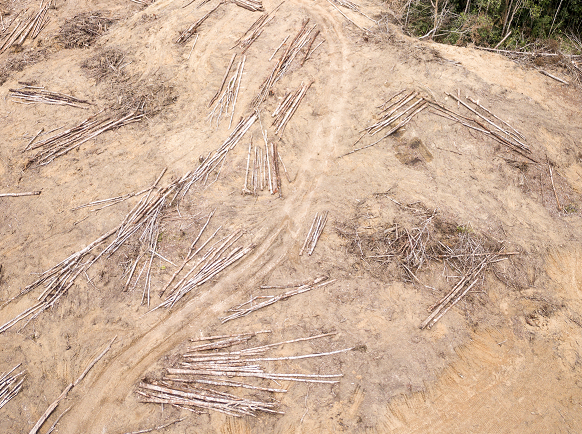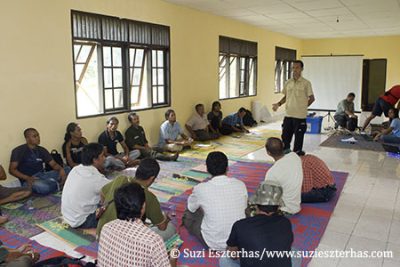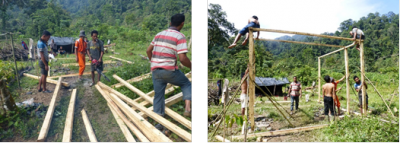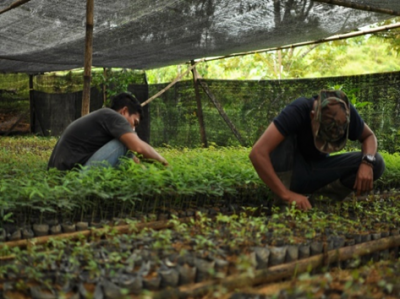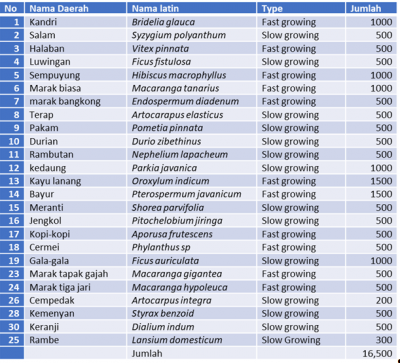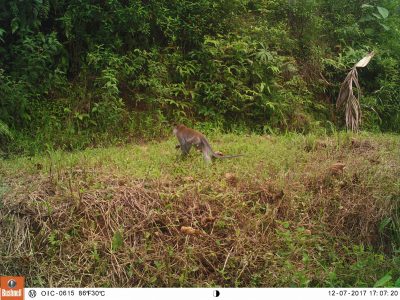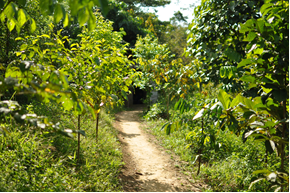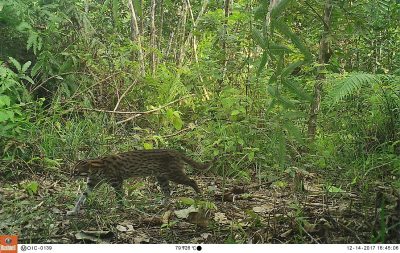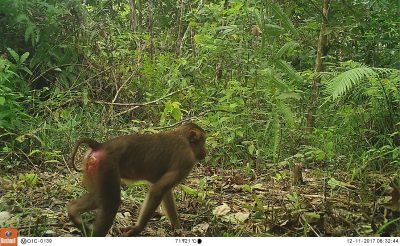But of course the area surrounding Gunung Leuser and other pockets of forest where the orangutans live is too big to constantly police for deforestation. The national park rangers do their bit. Drone technology does its bit. Villagers who care passionately about preserving the forest do their bit. The police and courts are starting to do their bit. But at the moment, until law enforcement improves, forest will continue to be destroyed. That’s not to say that we just accept that and give up. Of course we are always working behind the scenes to try to prevent road, bridge or dam constructions, palm oil concessions being granted, mining permits being issued.
But alongside that, we are replanting areas where rainforest trees have been illegally chopped down. Where deforestation has occurred, it does not need to stay that way.
Here are the areas in the Gunung Leuser National Park which OIC are currently working on:
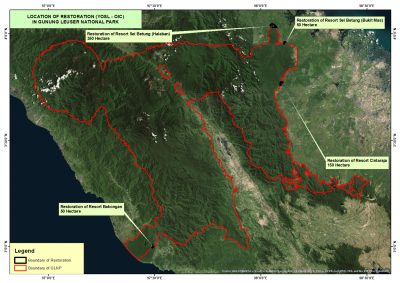
Restoration Sites in Gunung Lesuer
